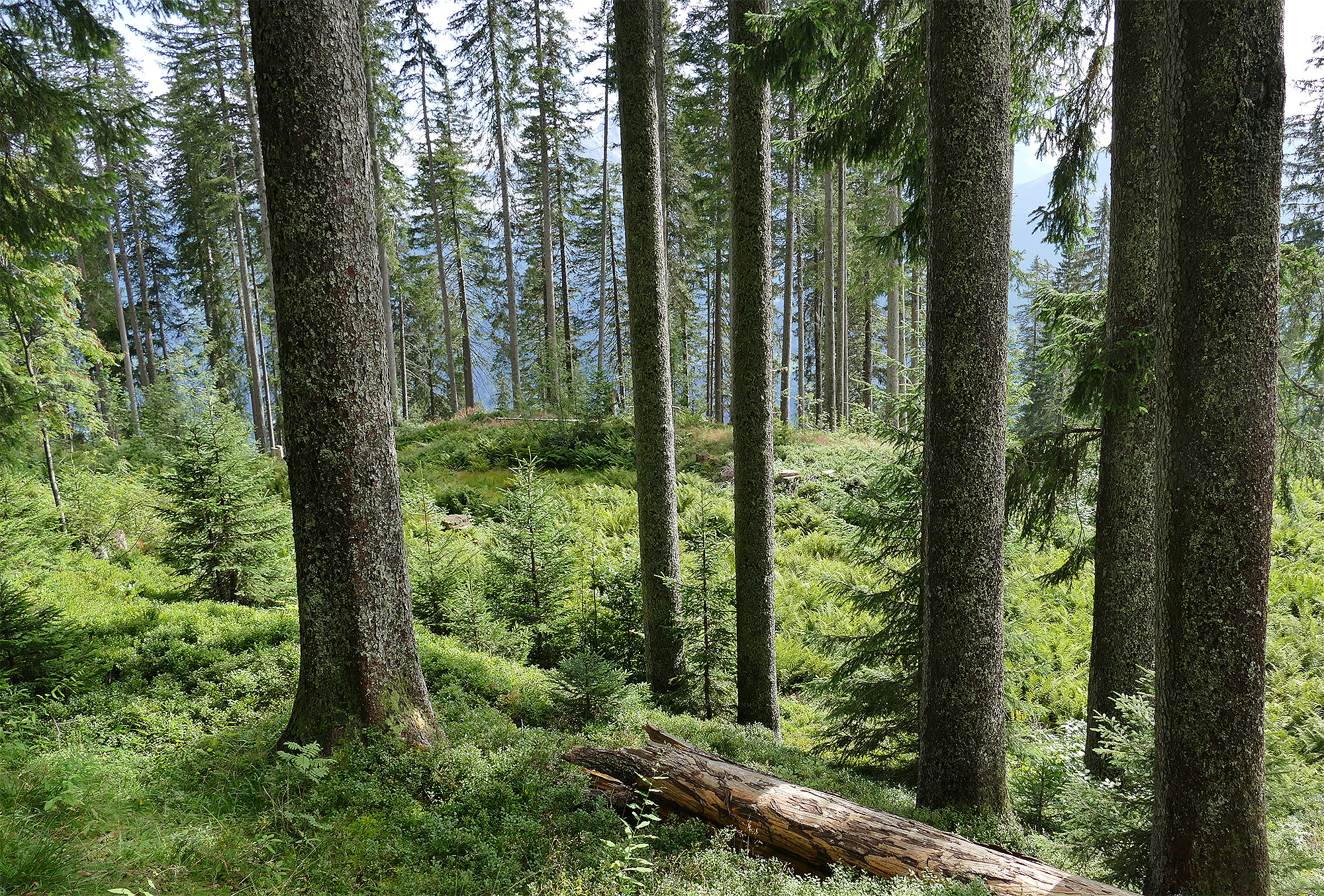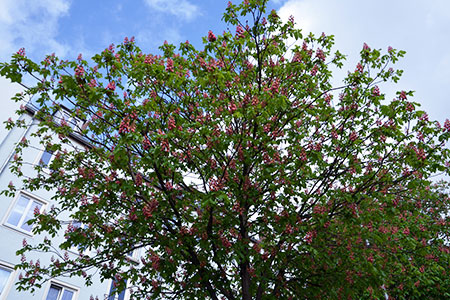Worldwide, there are five different species of the sweet chestnut genus (Castanea), of which only Castanea sativa is found in Europe. It comes from the eastern Mediterranean (Turkey) and was disseminated 2000 years ago by the Romans, who principally used it as a source of food for their soldiers. It is a warmth- and light-loving tree species that grows primarily in southwestern Germany, in the grape-growing climate. In Rhineland-Palatinate, it even forms entire stands and can be found in large chestnut groves.
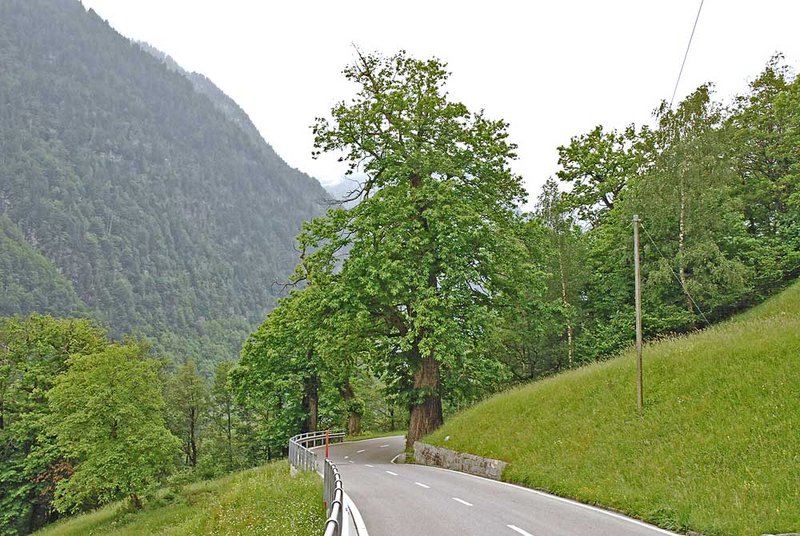
Fig. 1: A sweet chestnut tree in Ticino, Switzerland (Photo: Thomas Weidner)
The sweet chestnut dislikes lime-bearing soils. It grows on moderately dry to recently weathered red sandstone soils and can withstand drought in summer. Its share of forest area in Germany is significantly less than one percent. Only in the Upper Rhine region and in isolated cases around Lake Constance does it grow over an area of almost 3300 ha. Rhineland-Palatinate has almost 3200 ha of sweet chestnut forest, but all other federal states have only rare specimens, mostly as park or avenue trees.
Morphology and ecological significance
The sweet chestnut belongs to the Fagaceae family (which also includes beech and oak) and is a fast-growing pioneer tree species. Its deep taproots give it a high level of stability. The leaves are lanceolate, toothed and 12 to 20 cm long. Two to three nuts form in the spiky cupule, which the tree can produce at the age of 10 to 15 years. The tree’s white blossoms appear in June to July in 20 cm long inflorescences, which provide an important bee pasture.
Young sweet chestnuts have a smooth, reddish, reflective bark, which becomes thicker as the tree ages and develops fissures that provide homes for endangered mosses, lichens and insects. For this reason, the sweet chestnut’s biodiversity can be compared with that of the oak, which has bark with a similar structure. Both types of tree are particularly important for warmth-loving species. However, organisms that depend solely on the sweet chestnut have not been discovered. It is striking, however, that fungi prefer to colonise sweet chestnuts rather than oaks, possibly because the chestnut arrived after the oak and has therefore not yet developed defence mechanisms against certain fungi.
Sweet chestnuts reach an average of 200 years in age, but exceptions of 500 to 600 years are possible.
Cultural and economic importance – then & now
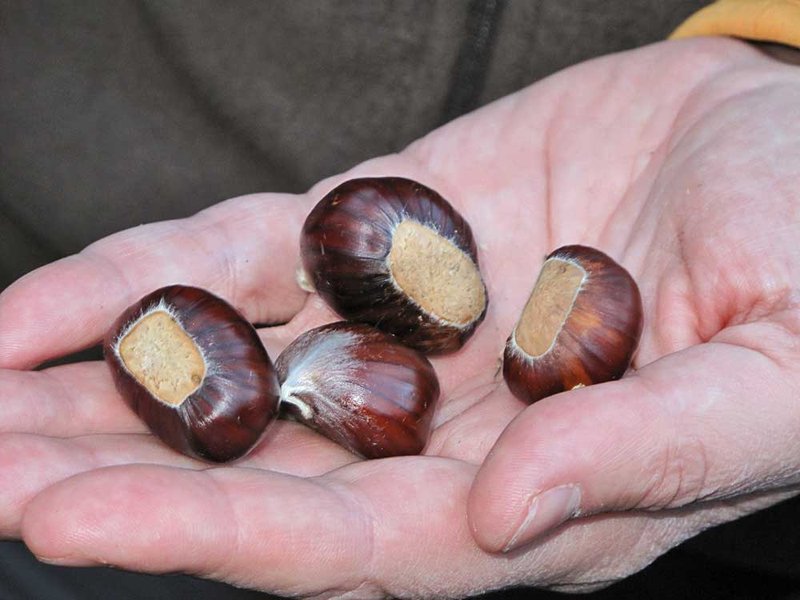
Fig. 2: Chestnuts (Photo: Andreas Ehring)
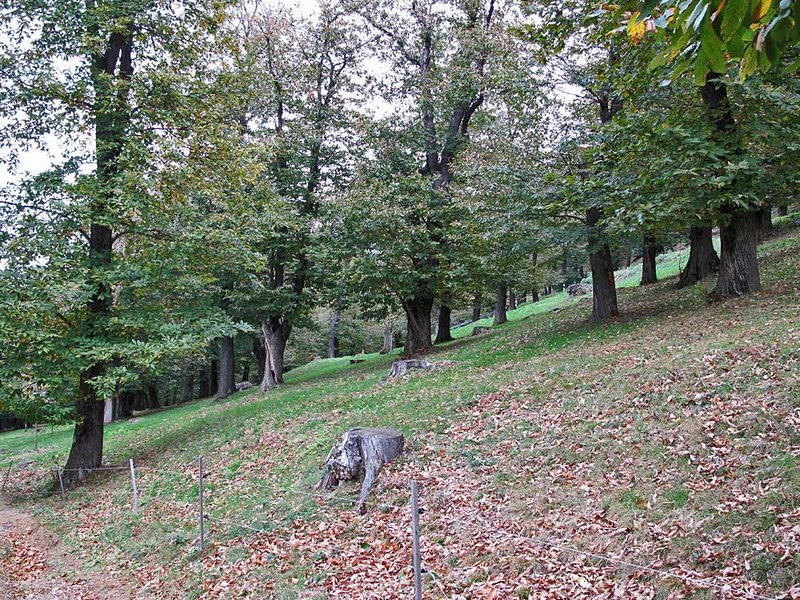
AFig. 3: A chestnut grove in Ticino, Switzerland (Photo: Andreas Ehring)
Nuts
In the regions where the sweet chestnut has grown for centuries, it is closely associated with the language, customs and economy of the region. Who does not know the saying “to pull someone’s chestnuts out of the fire”? Due to the nut’s high nutritional value, sweet chestnuts were grown in poor regions with little cereal production to provide a basic diet, which is why historians sometimes talk about “chestnut civilisations”.
In the Palatinate, the sweet chestnut was planted in orchards known as “Keschdegärde” in the local dialect. The nuts were harvested with crampons and were then knocked out of the cupules with wooden sticks and stored in cellars, so that they did not dry out and become hard and light. The nuts were kept in the cupule in order to store them beyond February. However, the triumphant arrival of the potato meant that chestnut orchards became less important.
There was a brisk trade in chestnuts from the Palatinate and Alsace in the 16th century, and they were shipped over the Rhine. The principal customers were the Low Countries and England, where the trees could not grow due to the cool climate. Today, there are over 1000 different chestnut species worldwide and chestnut-producing plantations in regions with suitable climates in Italy, Portugal, Spain, France and Turkey. Only the chestnuts themselves are the fruit of the sweet chestnut tree, and 90 chestnuts weigh more than a kilogram.
Wood
As the sweet chestnut grows in a grape-growing climate and produces a very durable wood (resistant to weathering for up to 20 years) due to its high proportion of tannins, it is used as pile material for vine training. Today, this usage has declined as other materials (concrete, plastic, metal) are now preferred.
As use of the wood, and its economic value, declined, attempts were made to grow higher-yield species (larch, Douglas fir), which were unsuccessful due to the sweet chestnut’s profuse stump shoots.
However, sweet chestnut wood experienced a new boom in the 1980s, when it was used for avalanche protection in the Alps, because it was more weather-resistant than coniferous wood.
Unlike other tree species, any small-diameter, straight timber produced by the chestnut is higher value than large-diameter wood (sales of €60 to €80/m3). This is because small-diameter wood does not need to be cut or worked in any way, but can be installed directly in avalanche protection or outdoor areas (gardens, playgrounds). Small-diameter chestnut wood has 60% of the market share.
Wood with a larger diameter (DBH > 30 cm) can fetch as much as €150 to €300, which is comparable with valuable oak, and is used for parquet floors, ceilings and furniture. However, the wood is frequently damaged by fungi, meaning that these prices are rarely obtained.
In the past, sweet chestnut coppice forests were frequently used as a local source of firewood. Today, 35% of the timber is marketed as fuel wood (€45 /m3).
Management and stand formation
Castanea is rarely planted to form stands. As a rule, this species’ sprouting capacity is exploited to regenerate existing stands.
The production target for “small-diameter logs” is particularly well suited for small, private forests, given that timber can be harvested there without great technical effort and the risk of wood devaluation due to ring shake is kept to a minimum (less than 5%). Therefore the stand is first treated at approximately the age of 20, when it has a maximum height of 15 m. Two to four further treatments then follow to create straight trunks that should reach a target diameter of 40 cm. At 40 to 50 years, the stand is cut back to the stump again.
To meet the production target for quality timber, a high risk of disease such as ring shake and chestnut blight must be accepted. However, this production target may also provide a practical advantage, because quality timber can be produced in the main stand and small-dimension logs from stump shoots in a neighbouring stand in the same area. Since vertical growth declines considerably from the age of 25, future trees (F-trees) must be thinned at an early stage. A great deal of thinning also reduces the risk of fungal diseases spreading uncontrolled. At approximately the age of 10 to 12, at a maximum height of 12 m, 35 to 40 F-trees will be selected per hectare. Space is made for the crowns by removing approximately eight competitors per F-tree. This means a growth increase of 1.5 cm/year can be achieved (the target diameter is 50 to 60 cm at the age of 60). Every three to five years, more space is made for the F-trees by cropping competing stump shoots. Due to the rapid, natural pruning in pure stands, the F-trees do not usually need to be pollarded, which is recommended for mixed stands only. Good quality chestnut wood can fetch €500/m3 or more on the market. The rapid juvenile growth of the sweet chestnut means that deer rarely browse on saplings, which is why the regeneration does not need to be enclosed.
Diseases and diminishing wood value
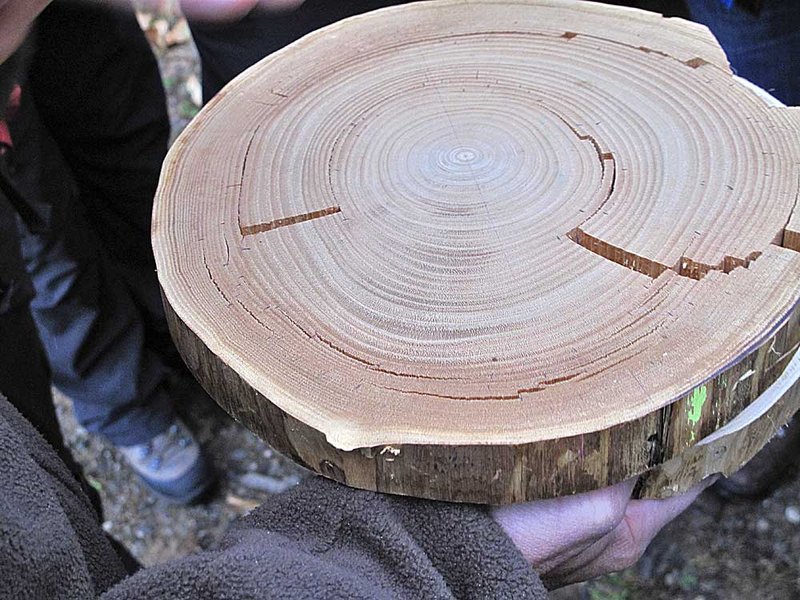
Fig. 4: Sweet chestnut wood with ring shake (Photo: Andreas Ehring)
Chestnut blight is the sweet chestnut’s key pest. It comes originally from East Asia, where the native chestnut species Castanea molissima and Castanea crenata are, however, resistant to the pathogen. It was first discovered in the American sweet chestnut (Castanea dentata) in 1904, where it destroyed 3.6 million hectares of chestnut forest in 1950. The pathogen has repeatedly been introduced to Europe from the USA and East Asia via Italy, Spain and France. However, due to the greater genetic variability of the European sweet chestnut, the pathogen is less aggressive here than in the USA. It was discovered in Germany in 1992, but annual ring sampling suggests that it first emerged in 1985.
To combat chestnut blight, dead trees are felled; the unaffected wood is used and affected parts are burned. Living infested trees are left in the stand in order to boost resistance. Infected stands can, however, also be inoculated with hypo-virulent fungal strains. Hypo-virulence has nothing to do with the tree’s defences; rather, it is a virus-like pathogen (Cryphonectria hypovirus) that destroys the fungi. Ink disease is a fungal disease from the genus Phytophtora. While previously it was considered a key pest, it plays no significant role today.
The Asian chestnut gall wasp created a certain amount of agitation in the past. It migrated from Asia and is labelled a quarantine pest here. Branches infested with gall can die completely. Particularly in the case of sweet chestnuts grown for the nuts, the result can be a significant loss of yield. In the forest, this pest has so far been classified as rather less significant. This pest’s quarantine status is first and foremost due to the fact that there is still little experience of potential future damage.
As well as chestnut blight, ring shake also remains a current problem (fig. 4). Ring shake means that stresses in the wood result in the wood grain separating from the annual rings, which can devalue the wood in the long term. The causes are not fully understood. An interaction between genetic disposition and habitat is suspected.
Reproductive material for silviculture
From 1988 to 2009, a provenance study was conducted in Rhineland-Palatinate, to establish the differences in growth vigour, vitality and appearance in the area covered. To this end, 16 provenances were investigated for the parameters of height, diameter of the tallest shoot, number of shoots, trunk shape, knots and susceptibility to blight. The seedlings came from Rhineland-Palatinate, Baden-Württemberg and Lower Saxony. From this study, the harvest stands in Landau-Birkweiler and Oberkirch were most impressive in terms of their quality attributes and are therefore recommended as propagation material for forestry. Across Germany, between 8 and 12 tons of seed are harvested annually for the cultivation of young plants. However, compared with other heavy-fruiting species, such as the common oak, which yields harvests of between 150 and 200 tons per year, the yields from Castanea are very low.
Prospects
Maybe this will change in the future? The sweet chestnut is a tree species that can easily combine high ecological significance with economic performance under climate change. Given that we have the option of putting small dimensioned gradings to good economic use at an early stage, the sweet chestnut is highly suitable for small private forests and may contribute to an environmentally valuable diversification in the stand.
